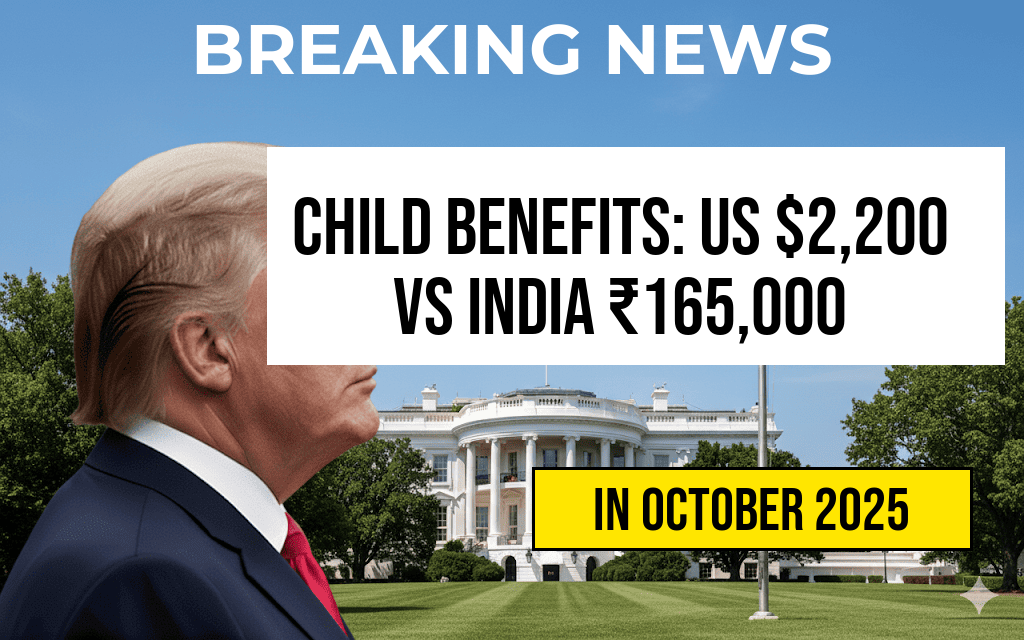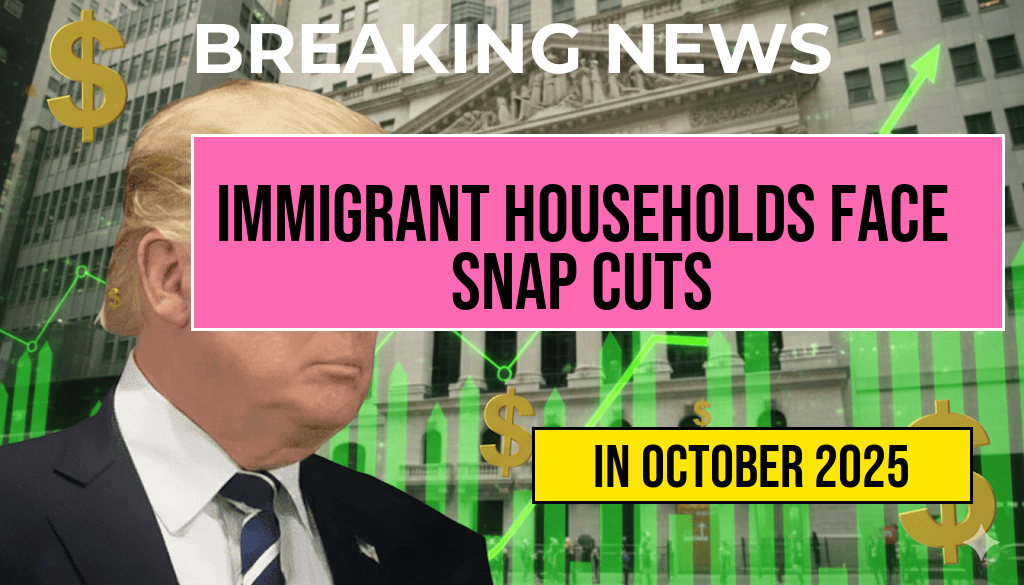Across the globe, governments implement varied strategies to support families and children through financial benefits. The United States offers a federal Child Tax Credit, which provides up to $2,200 per child, while India allocates approximately ₹165,000 (roughly $2,200 USD) annually through its Child Development and Welfare schemes. These figures highlight significant differences in approach, economic conditions, and social priorities. While the US emphasizes targeted tax credits aimed at reducing child poverty, India’s broader social welfare programs focus on comprehensive development, health, and education. Comparing these figures sheds light on how different nations prioritize child welfare, the scale of government support, and the broader socio-economic landscape. This article examines the details behind these benefits, their implications, and what they reveal about each country’s approach to supporting families.
Understanding the US Child Tax Credit
Structure and Benefits
- The Child Tax Credit (CTC) in the United States is a federal program designed to assist families with children under 17.
- For 2023, the maximum credit amount is $2,200 per qualifying child, with up to $1,400 being refundable, meaning families can receive this amount even if they owe no taxes.
- The credit phases out for higher-income families, beginning at an adjusted gross income (AGI) of $200,000 for singles or $400,000 for married couples filing jointly.
Policy Goals and Impact
The US’s approach aims to reduce child poverty and incentivize work by offering tax relief directly tied to dependents. According to the U.S. Census Bureau, the Child Tax Credit lifted millions of children out of poverty during its expanded phase in 2021, highlighting its potential for significant social impact. However, critics argue that the temporary nature of some benefits and income caps limit long-term effectiveness.
India’s Child Benefits and Welfare Programs
Scope and Distribution
| Country | Annual Child Benefits | Target Population | Primary Focus |
|---|---|---|---|
| United States | $2,200 per child (Child Tax Credit) | Families with children under 17 | Tax relief, poverty alleviation |
| India | ₹165,000 (~$2,200 USD) | Children under 18, especially in low-income households | Health, nutrition, education, social welfare |
Major Programs and Policies
India’s approach involves a combination of direct cash transfers, health initiatives, and educational subsidies. The Integrated Child Development Services (ICDS) program offers nutritional support and early childhood education, targeting vulnerable populations. Additionally, the PM CARES Fund and state-level schemes provide financial assistance aimed at reducing child mortality, improving nutrition, and supporting schooling.
Key Differences and Broader Implications
Economic Context and Social Priorities
- The US generally directs its child benefits through tax credits, reflecting a focus on income-based support and incentivizing employment.
- India’s expansive welfare programs prioritize holistic child development, with a focus on health, nutrition, and education, recognizing the broader needs of children in socio-economically challenged contexts.
- While the US’s $2,200 support is substantial on paper, its reach is limited to families with taxable income, whereas India’s ₹165,000 benefit aims to address fundamental needs across a broader demographic.
Impact on Families and Society
Both countries aim to reduce child poverty and promote well-being, yet their strategies reflect differing economic realities and policy philosophies. The US’s targeted tax credits offer immediate financial relief, but questions remain about their sufficiency in tackling persistent child poverty. Conversely, India’s multi-faceted approach seeks to create long-term improvements in health and education outcomes, recognizing that economic support alone cannot resolve deep-rooted social issues.
Looking Ahead
As global conversations about social safety nets evolve, the comparison between the US and India underscores the importance of tailored policies that consider economic capacity, social needs, and cultural contexts. Both nations continue to refine their approaches, balancing immediate financial assistance with investments in health, education, and social infrastructure.
Further insights into these programs and their impacts can be explored through resources such as the Wikipedia page on US Child Tax Credit and reports from the UNICEF India.
Frequently Asked Questions
Question
What are the main differences between the child benefits provided in the US and India?
Question
How does the $2,200 child credit in the US compare to the ₹165,000 benefit in India in terms of value and coverage?
Question
What factors influence the amount of child benefits offered in different countries like the US and India?
Question
How do economic conditions and cost of living impact the effectiveness of child benefit programs in these countries?
Question
Are there any additional support measures for families with children in the US and India beyond the basic child benefits?






